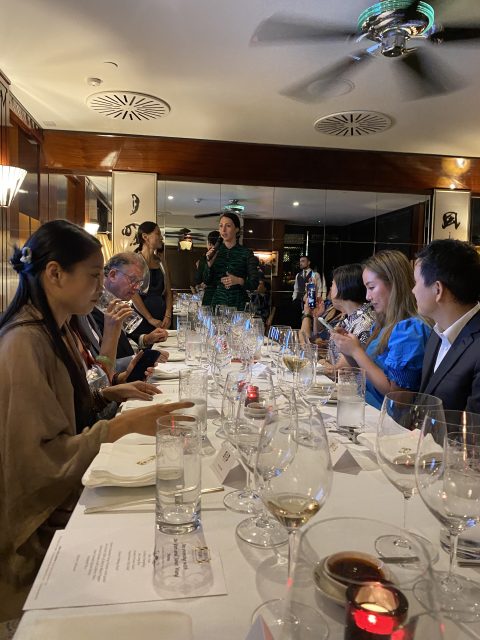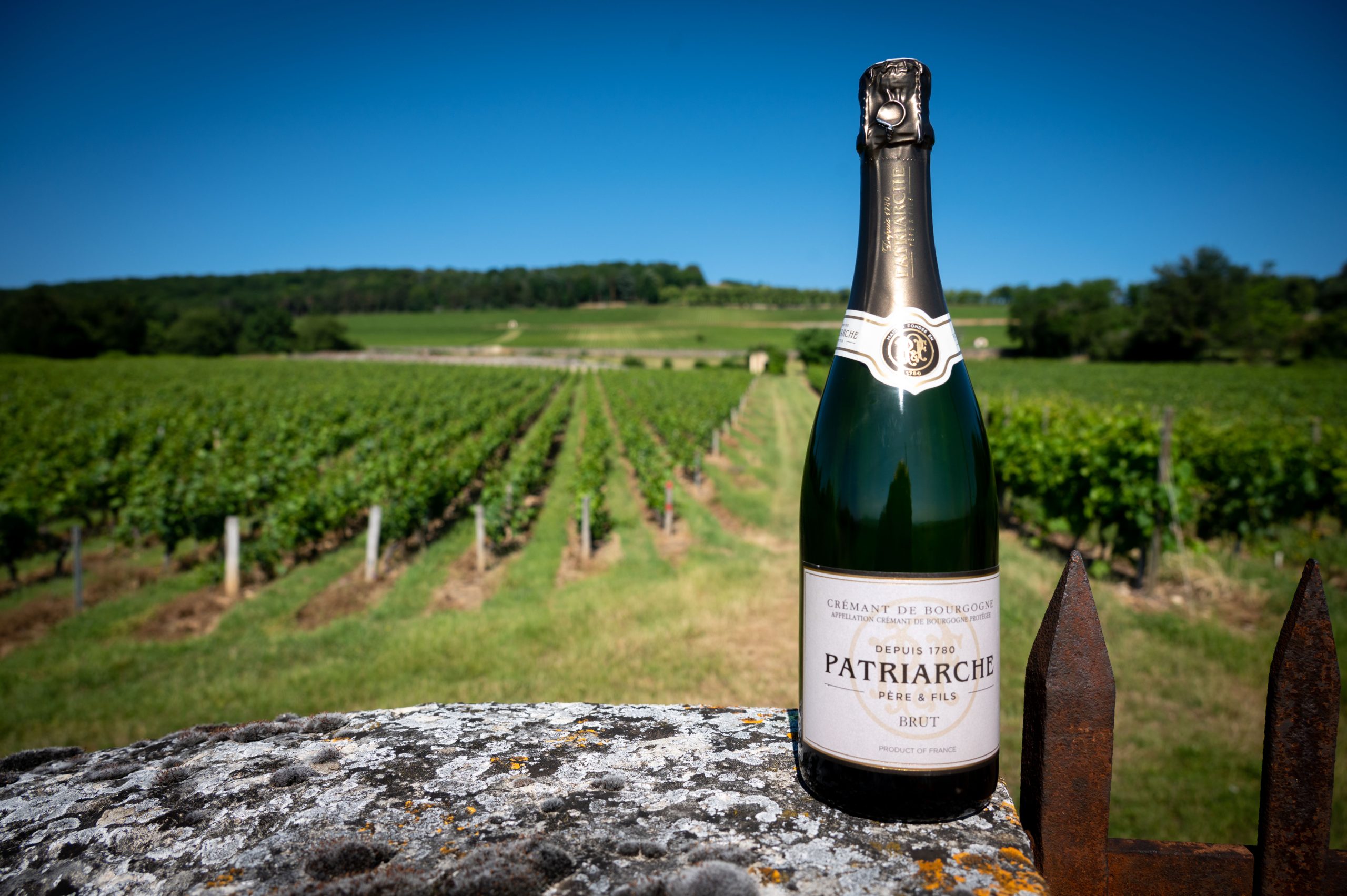Is Chinese wine really so New World?
At a Mid-Autumn Festival event this week celebrating the release of the 2019 vintage of LVMH’s Chinese wine Ao Yun, author Janet Wang challenged the perception of China as a new winemaking country.

The festival is traditionally held on the 15th day of the 8th month of the Chinese lunisolar calendar with a full moon at night, corresponding to mid-September to early October of the Gregorian calendar. The event was held at the Dorchester’s China Tang restaurant, with both the 2019 and 2017 vintages of A0 Yun poured.
The Mid-Autumn Festival also coincides with harvest time in the vineyards, and host Janet Wang, whose comprehensive book The Chinese Wine Renaissance: A Wine Lover’s Companion has won her much acclaim, explained that the festival is “filled with great symbolism”.
Wang described China as a “New Old-World country” — a statement which she set as the premise of the tasting.
Detailing the history of winemaking in China, Wang pinpointed key moments and figures associated with the long timeline of wine in the country.
She spoke of the timeless poetry of Li Bai, going back to the Tang Dynasty, who was said to drink 100 cups of wine before allowing poetry to flow out of him.
“We love him because he loves drinking,” Wang joked.
Written records relating to “fermented wild fruit wine” go back to 7,000BC, according to Wang’s research. The author also argued that China lays claim to some of the oldest alcohol evidence, citing the Emperor of Wei as laying claim to one of the few accounts of the actual taste of wine going back to 187AD.
“He was a controversial figure in history but definitely a wine connoisseur,” she said.
In far more recent history, the Mid-Harvest festivities were also hosted by Möet Hennessy in honour of the 2019 vintage of its Ao Yun wine, which was released in March.
Partner Content
The wine is a blend of 67% Cabernet Sauvignon, 17% Cabernet Franc, 10% Syrah and 6% Petit Verdot.
Late Australian winemaker Dr Tony Jordan, who pioneered Domaine Chandon Australia, was tasked with finding the appropriate place to produce Chinese wine for LVMH in 2008, a task which proved more than challenging.
Vines in the North of the expansive country had to be buried during the winter to survive its extreme temperatures, and further East, mildew and diseases were rife.
The solution was to look South, moderating the temperature with altitude.
Four villages — Xidang, Sinong, Shuori and Adong — ranging from 2,200 to 2,600m in altitude, were selected to produce grapes for the Ao Yun range, the first vintage of which was 2013. Across the four villages, 28ha of vines shared across 120 local farming families and 314 blocks are used to produce Ao Yun.
At altitude, there is 25% less oxygen than at sea level, and Ao Yun undergoes a range of different fermentation processes, including fermenting in ex-baijiu jars, to allow oxygen to pass into the wine.
Through trial and error, Ao Yun winemaker Maxence Dulou made the decision to blend the wines at sea level, as the high altitude alters the profile of the wine.
“If you ate plane food on the ground it would be very salty,” is Wang’s analogy.
LVMH positions its latest Ao Yun vintage as a “Left Bank you can drink now”, according to Charlotte Gordon, wine brand manager at Moët Hennessy, and the wine retails at ∼£255 in the UK.
Related news
Castel Group leadership coup escalates
For the twelfth day of Christmas...
Zuccardi Valle de Uco: textured, unique and revolutionary wines




